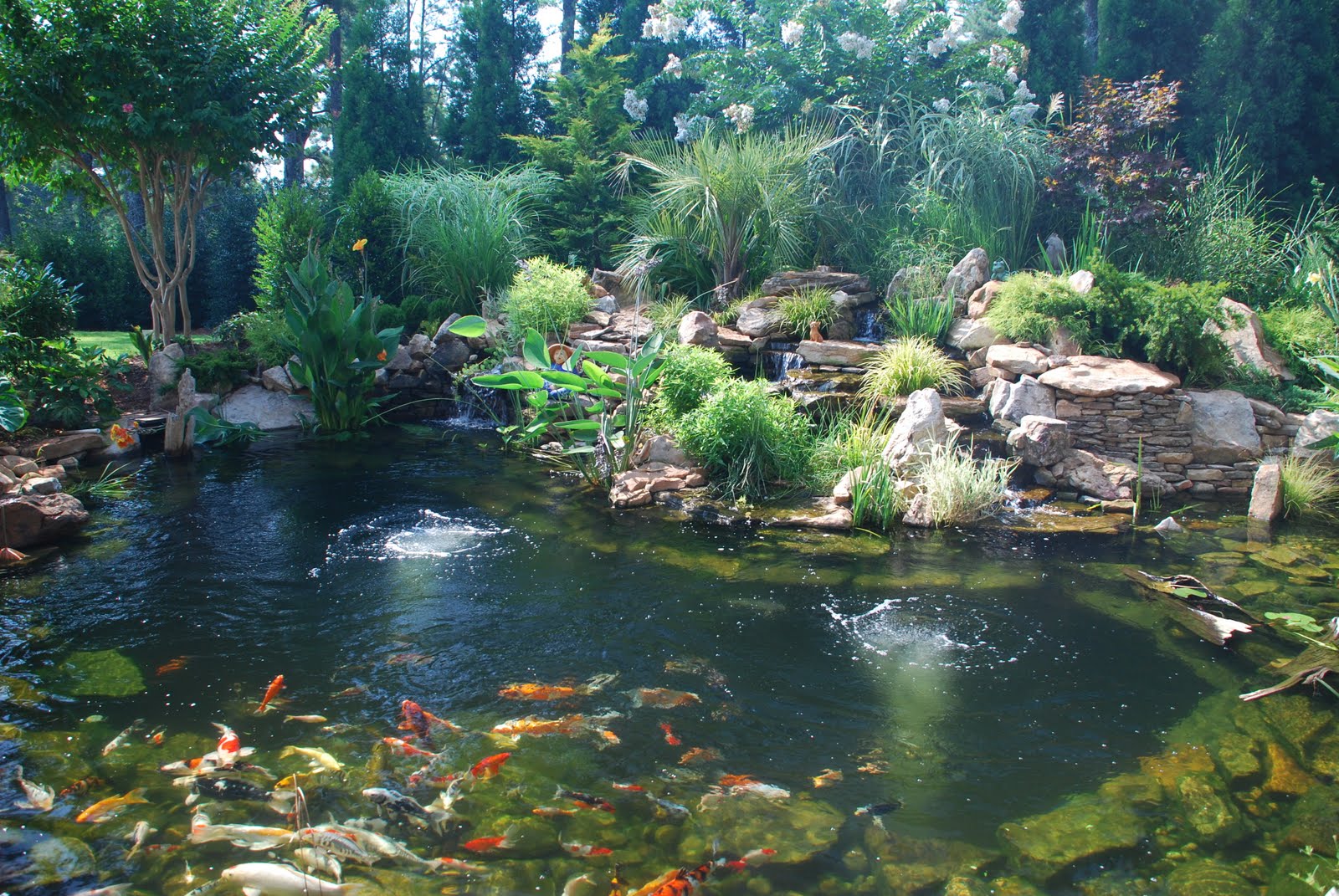
The Ultimate Guide to Removing Nitrite from Koi Pond: Tips, Strategies, and More
Introduction: Why Nitrite Removal is Important for Koi Pond Health
Koi ponds are a popular addition to many gardens and outdoor spaces. They offer beauty, serenity, and entertainment with the colorful and playful koi fish. However, keeping a healthy koi pond requires a lot of work and attention, especially when it comes to water quality. One of the most important aspects of water quality is nitrite levels.
Nitrite is a toxic compound that can harm fish and other aquatic life. It is produced from the breakdown of fish waste and uneaten food by bacteria in the pond. Nitrite levels should be kept at zero, or as close to it as possible. In this article, we will discuss the different strategies for removing nitrite from your koi pond, so you can ensure the health and happiness of your fish.
Test Your Water Quality
Before you start removing nitrite from your koi pond, you need to know your current water quality status. Get a test kit that can measure nitrite levels, as well as other important water parameters like pH, ammonia, and nitrate. Testing should be done regularly to ensure that levels are stable and not fluctuating.
Remove Excess Debris and Organic Matter
Excess debris and organic matter in the pond can contribute to the production of nitrite. Leaves, dead plants, and uneaten food can accumulate and decompose in the water, leading to a spike in nitrite levels. Use a skimmer net or pond vacuum to remove debris from the surface and bottom of the pond regularly.
Increase Aeration and Water Circulation
Poor aeration and water circulation can also contribute to the buildup of nitrite in the pond. Oxygen is important for the growth and health of beneficial bacteria that convert nitrite to less harmful nitrate. Install a water feature like a fountain or waterfall to increase oxygenation and circulation. You can also use an air pump to add oxygen to the water.
Add Nitrite-Removing Products
There are many products on the market that claim to remove nitrite from koi ponds. Some work by binding to nitrite molecules and making them less toxic, while others contain bacteria that convert nitrite to nitrate. These products can be effective, but they should not be relied on as the sole method of nitrite removal. Always read the instructions carefully and use as directed.
Perform Water Changes
If nitrite levels are extremely high, you may need to perform a partial water change to dilute the concentration. Use a dechlorinator to treat the tap water before adding it to the pond. Do not change more than 25% of the pond water at one time, as this can shock and stress the fish.
Maintain a Healthy Ecosystem
The best way to keep nitrite levels under control is to maintain a healthy and balanced ecosystem in the pond. This means providing a proper diet for the fish, avoiding overfeeding, and performing regular maintenance tasks like cleaning filters and skimming debris. It also means keeping ammonia levels low, as high ammonia levels can lead to the production of nitrite.
Conclusion
Removing nitrite from a koi pond can be a challenging task, but it is essential for the health and wellbeing of your fish. By testing water quality regularly, removing excess debris and organic matter, increasing aeration and water circulation, adding nitrite-removing products, performing water changes, and maintaining a healthy ecosystem, you can keep nitrite levels under control and ensure that your koi continue to flourish and thrive in their aquatic home.